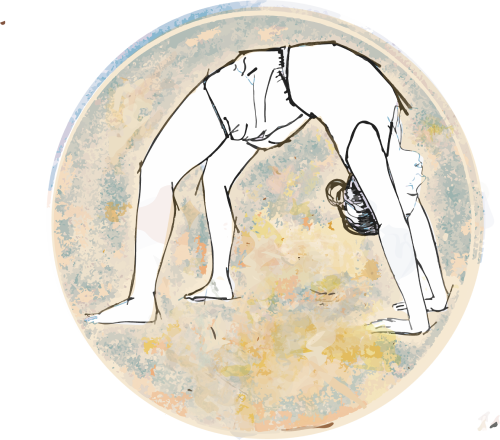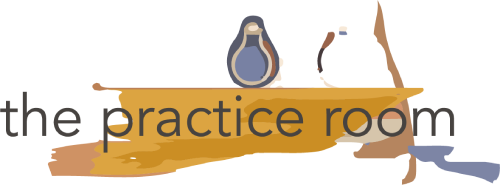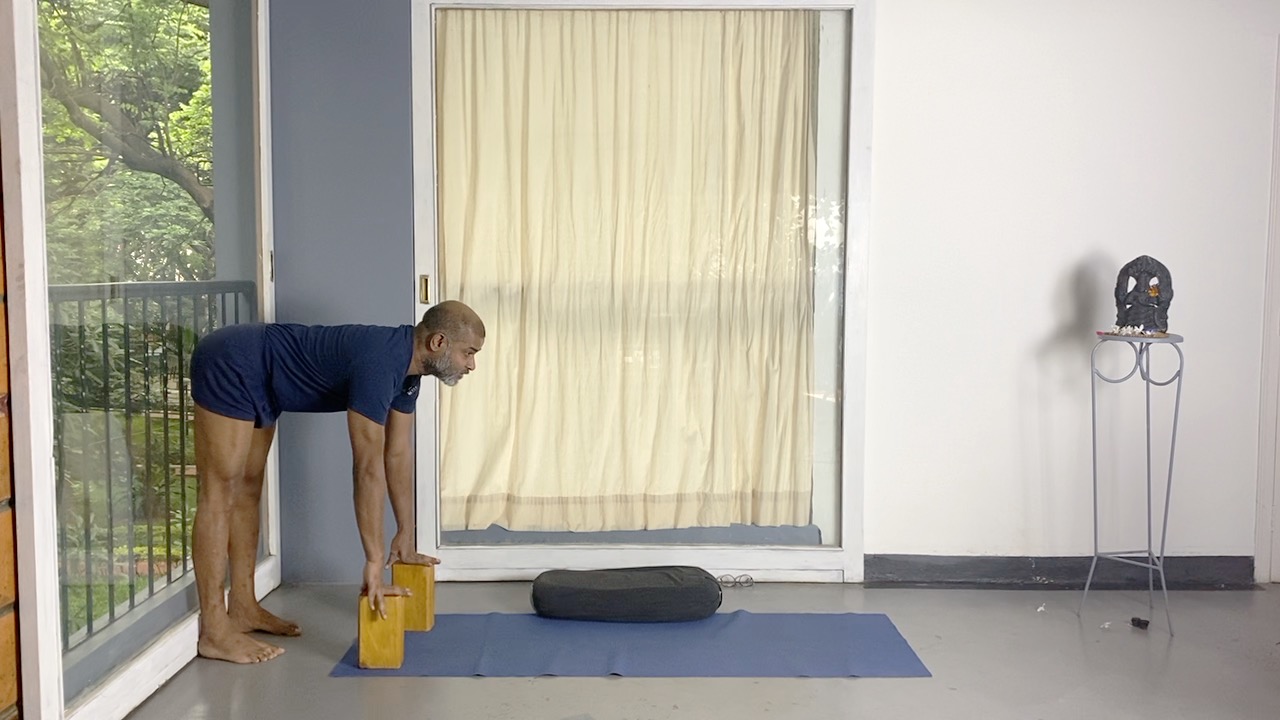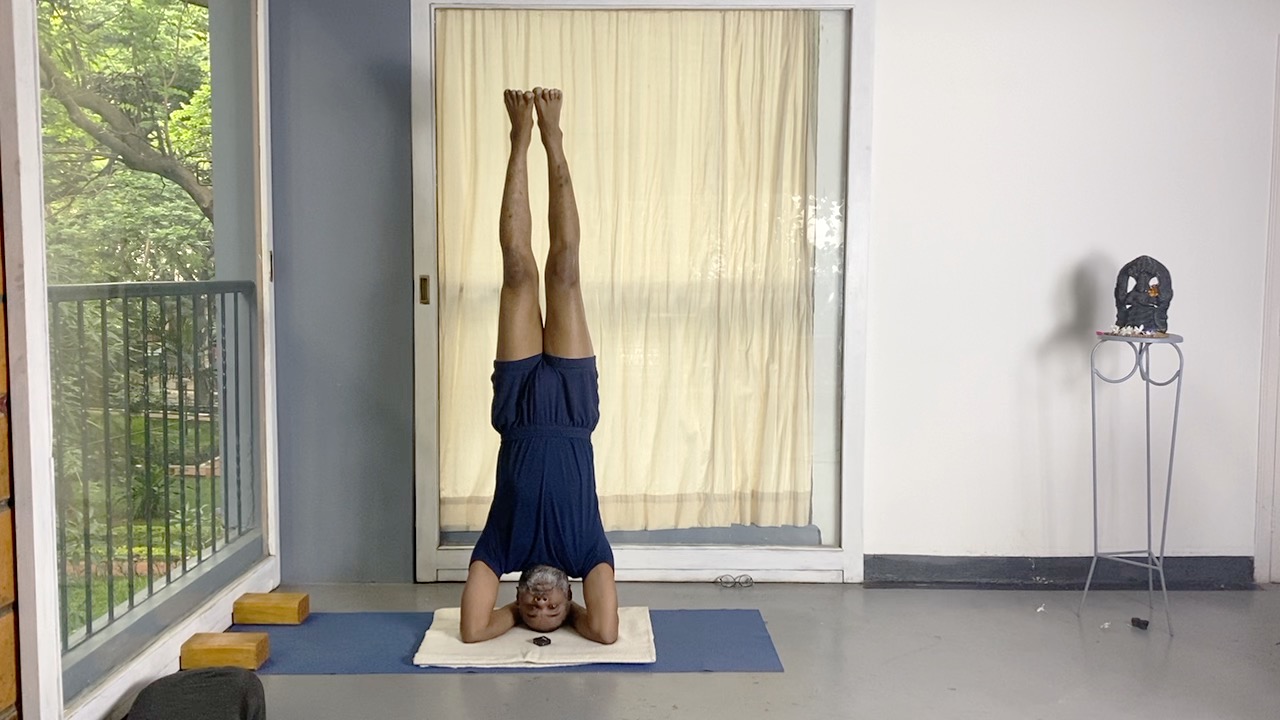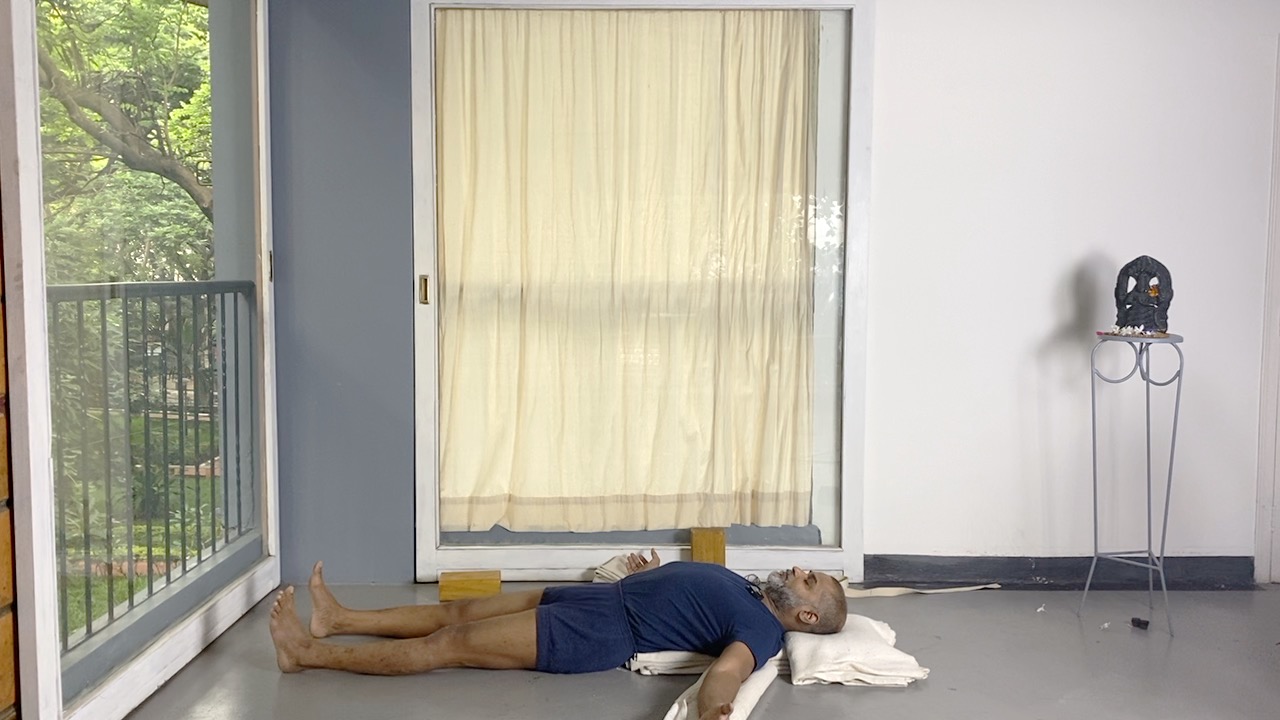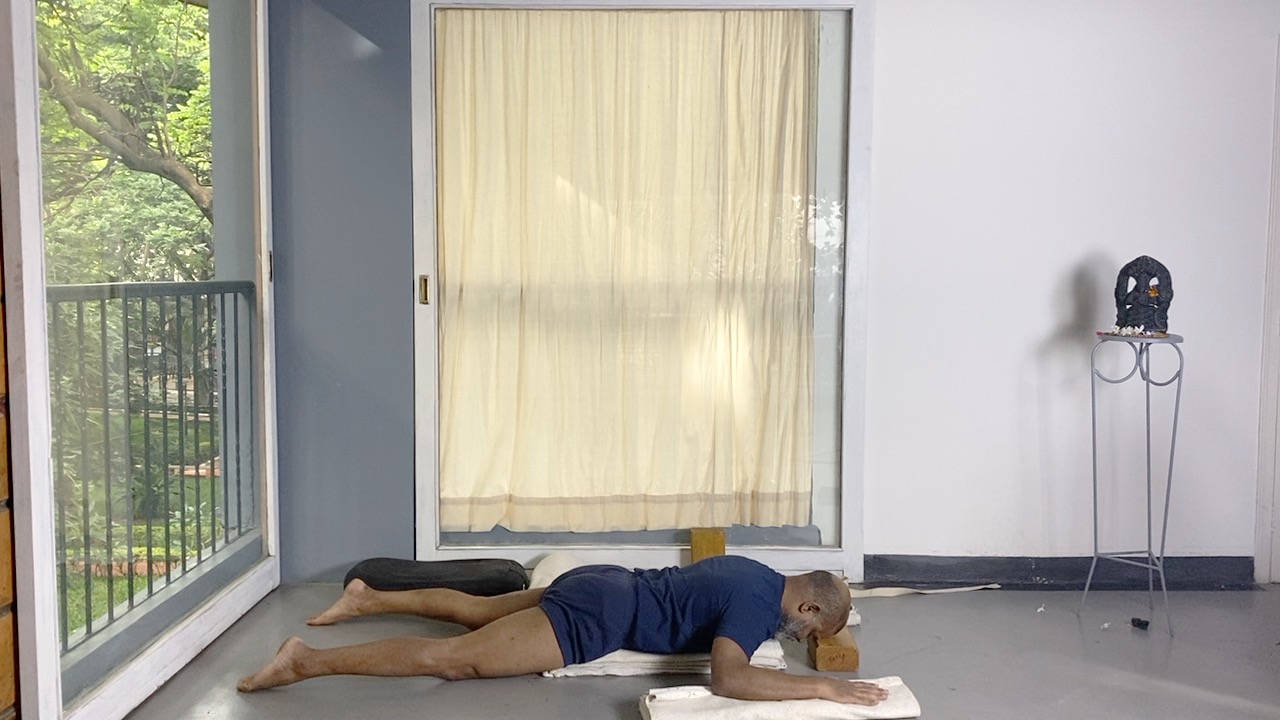A regular practice of inversions is believed to release tension, increase circulation and energy levels, and strengthen muscles. It’s also thought to promote emotional growth and calm the mind. An agitated mind will surely benefit from a practice of inversions. Arms play a major role in inverted positions.
Our lower limbs (legs) and our upper limbs (arms) are attached to our trunk through ball and socket joints – to give maximum possibility of movement of these limbs. However, unlike the hip socket , the shoulder socket is shallow. This gives the arms a wider range of movement, but also makes the shoulder joint more prone to injury. It becomes all the more important to strengthen its connection with the shoulder-blades, and to the spine, in order increase the efficiency of arm use.
This session builds up on the previous sessions and it is expected that the left up to headstand (Sirsasana) and shoulderstand (Sarvangasana) will be relatively effortless without requiring too much active preparation. Instead, this session focusses on the breath as a consolidating force
Note:
Those having shoulder injuries are advised caution in approaching this session. Women during menstruation are advised against inverted Asanas.

